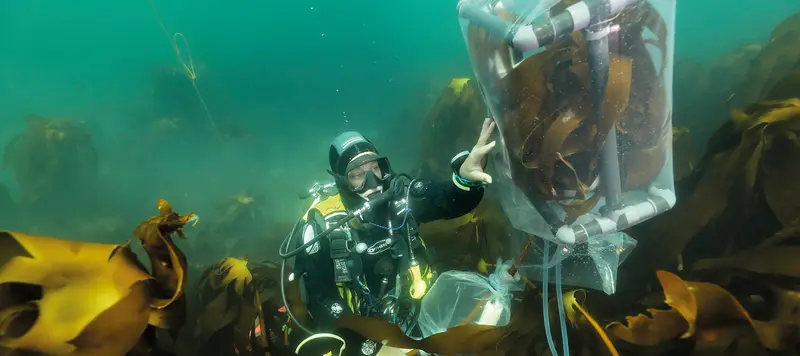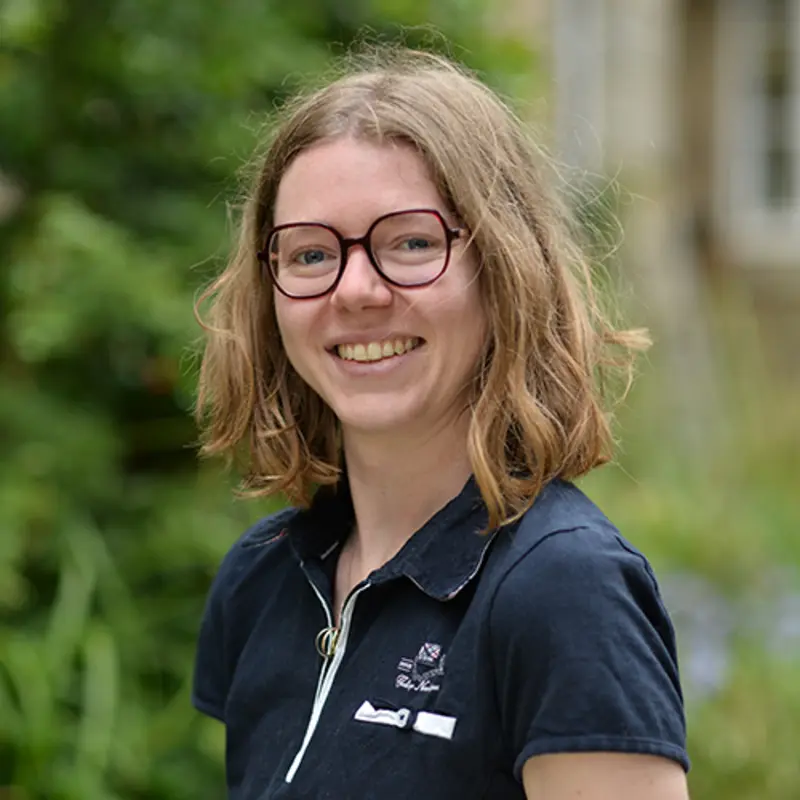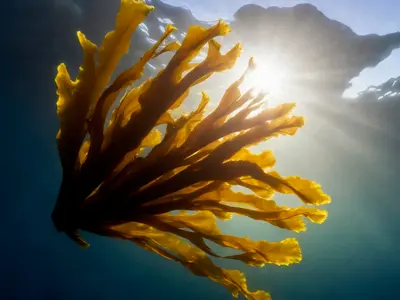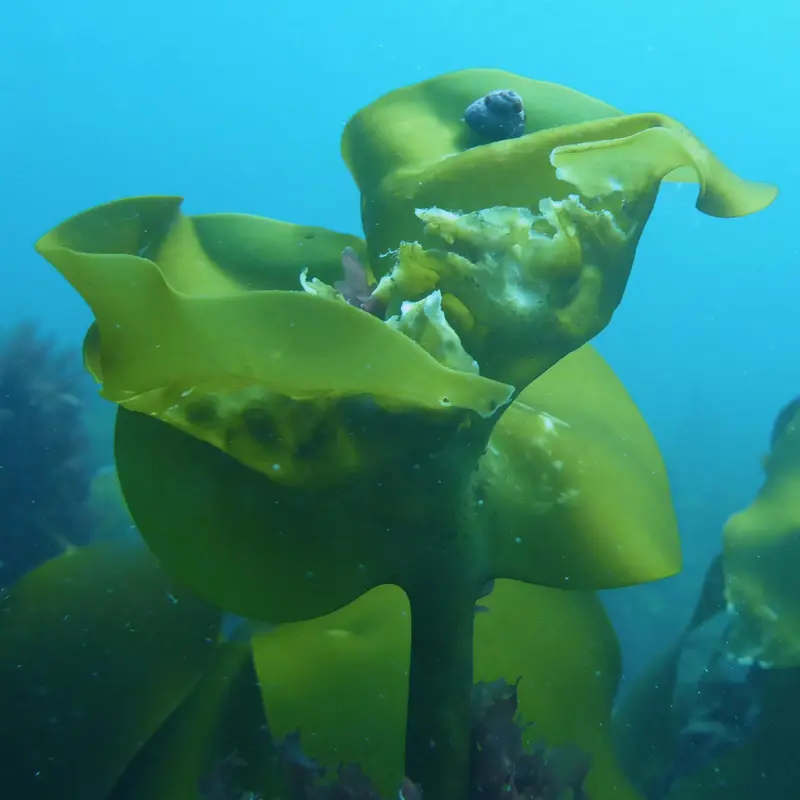
Team EDYMAR - Ecogeochemistry and DYnamics of MARine systems
The team focuses on the functioning of marine ecosystems. Its overall scientific approach—ecogeochemistry—examines the joint dynamics of living organisms and abiotic factors (the physico-chemical dynamics of the studied environments) and their interactions. The aim is to understand the properties and functioning of marine ecosystems, particularly coastal ones.
The team’s scientific project is organized around two major themes:
- Diversity and functioning of littoral and coastal benthic ecosystems
- Climate-active gases and the effects of global change on coastal ecosystems
Theme 1
For Theme 1, the functioning of coastal and littoral ecosystems is explored through experimental and/or field approaches. The team’s research is organized around three main axes:
- Functional diversity of benthic communities
- Structure and functioning of trophic networks and production
- Impacts of global and local environmental changes on the functional and structural properties of coastal ecosystems
The work is carried out both in low-anthropogenic contexts (reference areas for methodological development, production budget estimation, the structure and spatio-temporal dynamics of communities and trophic networks, and habitat connectivity), and under various anthropogenic pressures (ports, seaweed/kelp-harvested areas).
Methodologically, the research relies in particular on the analysis of biological traits and functional-diversity metrics, benthic chamber metabolism measurements, natural or enriched stable isotope measurements (Stable Isotope Probing), and DNA metabarcoding analyses (eDNA).
Theme 2
Theme 2 focuses on the study of global changes and ocean acidification. Exchanges of climate-active gases between the ocean and the atmosphere are measured to assess the ocean’s capacity to store or release greenhouse gases (carbon dioxide CO₂, methane CH₄).
Understanding the processes controlling these air–sea fluxes is essential for predicting the intensity of future global warming and its impacts on climate change. The objectives of this work are to reduce uncertainties in estimating these fluxes in coastal systems by studying the mechanisms that control them through biological and physical pumps, and to identify ocean regions capable of absorbing or emitting CO₂ and/or CH₄.
The combined effects of ocean acidification, warming, and local impacts on benthic communities and biotic interactions are assessed through (1) field studies (maerl beds, soft and rocky substrates) and (2) experimental mesocosm approaches involving multi-species complexes and the measurement of ecophysiological parameters.
Observation
As part of the Observation activities of the Roscoff Biological Station, the team is highly involved in the scientific coordination and use of data from long-term monitoring of the region’s biogeochemical parameters (Estacade and Astan stations) within the SOMLIT and COAST-HF national observation networks, as well as monitoring of subtidal and intertidal benthic communities.
Contact(s)
- Pascal RIERAResponsable d'équipe
Projets
People




Publications
Fouling community shows high resistance and metabolic resilience towards experimental high intensity heatwave
Robin P.M. Gauff, Stephane Greff, Olivier Bohner, Stéphane Loisel, Christophe Lejeusne, et al.. Fouling community shows high resistance and metabolic resilience towards experimental high intensity heatwave. Marine Environmental Research, 2025, 203, pp.106813. ⟨10.1016/j.marenvres.2024.106813⟩. ⟨hal-04775806⟩
Comparative population genomics unveils congruent secondary suture zone in Southwest Pacific Hydrothermal Vents
Adrien Tran Lu Y, Stéphanie Ruault, Claire Daguin-Thiébaut, Anne‐sophie Le Port, Marion Ballenghien, et al.. Comparative population genomics unveils congruent secondary suture zone in Southwest Pacific Hydrothermal Vents. Molecular Biology and Evolution, 2025, 42 (2), pp.msaf024. ⟨10.1093/molbev/msaf024⟩. ⟨hal-04973623v2⟩
Alpha and beta diversities of hydrothermal vent macrofaunal communities along the southwestern Pacific back-arc basins
Camille Poitrimol, Éric Thiébaut, Cédric Boulart, Cécile Cathalot, Olivier Rouxel, et al.. Alpha and beta diversities of hydrothermal vent macrofaunal communities along the southwestern Pacific back-arc basins. Science of the Total Environment, 2025, 967, pp.178694. ⟨10.1016/j.scitotenv.2025.178694⟩. ⟨hal-04973664⟩
Natural iron fertilization moderates hydrothermal mercury inputs from arc volcanoes
Natalia Torres-Rodriguez, Jingjing Yuan, Aurélie Dufour, Igor Živković, David Point, et al.. Natural iron fertilization moderates hydrothermal mercury inputs from arc volcanoes. Environmental Science and Technology, 2025, 59 (22), pp.11039-11050. ⟨10.1021/acs.est.5c01767⟩. ⟨hal-05069344⟩
Author Correction: “Pink power”—the importance of coralline algal beds in the oceanic carbon cycle
Nadine Schubert, Fernando Tuya, Viviana Peña, Paulo Horta, Vinícius Salazar, et al.. Author Correction: “Pink power”—the importance of coralline algal beds in the oceanic carbon cycle. Nature Communications, 2025, 16 (1), pp.3180. ⟨10.1038/s41467-025-58601-z⟩. ⟨hal-05103058⟩
First release of the European marine omics biodiversity observation network (EMO BON) shotgun metagenomics data from water and sediment samples
Christina Pavloudi, Ioulia Santi, Iñigo Azua, Zuriñe Baña, Mauro Bastianini, et al.. First release of the European marine omics biodiversity observation network (EMO BON) shotgun metagenomics data from water and sediment samples. Biodiversity Data Journal, 2025, 13, pp.e143585. ⟨10.3897/BDJ.13.e143585⟩. ⟨cea-05046943⟩

